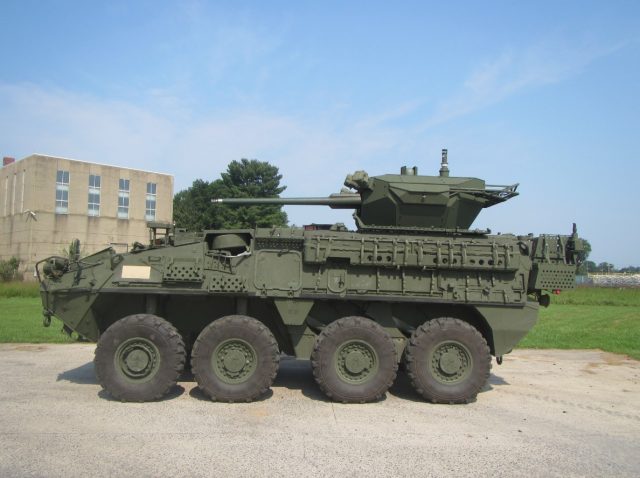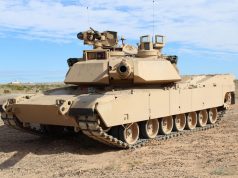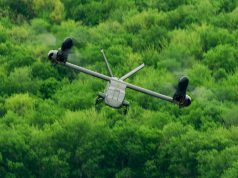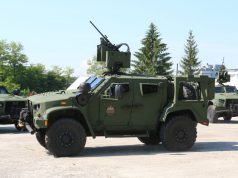The US Army Contracting Command – Detroit Arsenal (ACC- DTA) has awarded Oshkosh Defense a $99 million contract modification for the upgrade of an additional Stryker Brigade Combat Team (SBCT) with the 30 mm Medium Caliber Weapon System (MCWS).
The follow-on order comes after the army announced in June it had selected Oshkosh Defense and partners Pratt Miller Defense and Rafael Advanced Defense Systems to integrate the 30 mm MCWS onto the Stryker double V hull infantry carrier vehicle (ICVVA1).
The six-year framework contract envisions the production and fielding of the MCWS for up to six Stryker brigades. The first delivery order covered 91 vehicles valued at $130 million. This latest award calls for an additional 83 vehicles.
The MCWS is a 30mm, unmanned turreted auto-cannon integrated on a Stryker DVHA1 ICV. The service chose Oskosh after awarding five companies contracts for design integration studies (DIS) in 2019 and providing a Stryker double V-Hull A1 ICV and XM813 cannon as government-furnished equipment to contractors in order to facilitate industry design efforts and foster competition.
Stryker MCWS will be capable of transporting nine infantry soldiers and three crewmembers. The integration of XM813 cannon onto a Stryker DVHA1 ICV platform will allow for programmable airburst ammunition compatibility through a dual feed ammunition handling system, improved optics and extended direct-fire range over the current 30mm temporary ONS solution.
“The Oshkosh Defense MCWS is a highly capable weapon that meets all requirements,” said Pat Williams, vice president and general manager of US Army and US Marine Corps programs for Oshkosh Defense.
“As part of the risk mitigation testing, soldiers have had the opportunity to interact with the Oshkosh Defense MCWS. The feedback from the first soldier touchpoint has been very positive and reaffirms our Soldier-centric design,” Williams concluded.



























